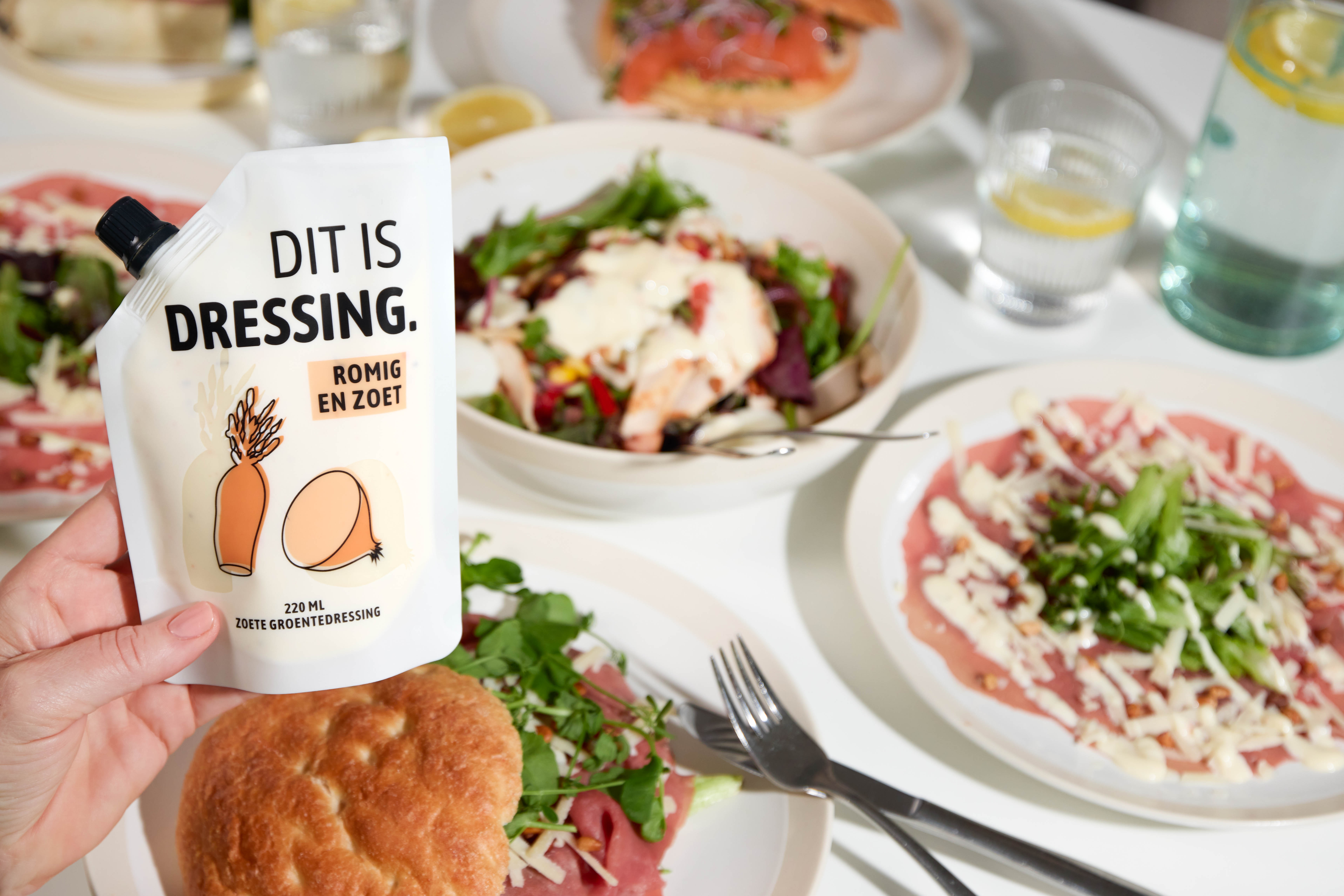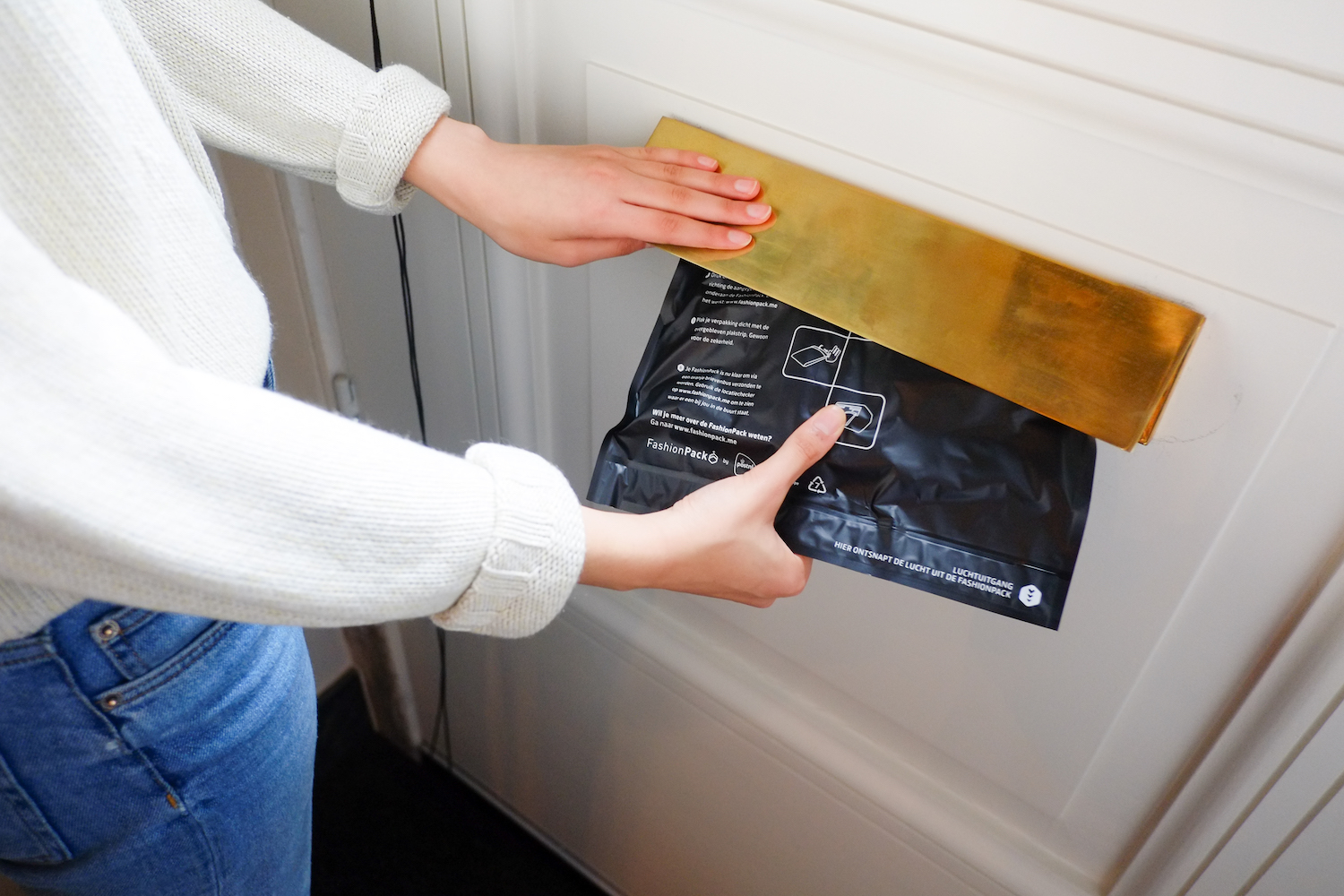


A chef’s pantry is a living thing: shifting, fragrant, and full of possibility. In every restaurant kitchen I’ve worked, the herbs and spices are more than ingredients - they’re catalysts for invention. Yet, for all their flavor and aroma, these essentials are among the most vulnerable to time, air, and mishandling. The way we store them shapes not only their shelf life but also how they perform on the plate. Over the past decade, I’ve watched resealable pouches and jars quietly transform from nice-to-haves into must-haves for culinary professionals. Their adoption tells a story about what chefs value: freshness, efficiency, safety, and even aesthetics.
The Unforgiving Nature of Herbs and Spices
Herbs and spice blends are notoriously sensitive. Light fades color and flavor; humidity invites clumping or spoilage; fluctuating temperatures can turn a bright cumin into something flat and lifeless. An unsealed bag of ground coriander will start to disappoint long before it looks bad to the eye. In high-turnover kitchens or boutique food shops, these losses add up quickly - both in dollars wasted and in dishes that don’t quite sing as intended.
There’s also the matter of compliance when supplying packaged seasonings to hospitals, pharmacies, or laboratories where precise dosing or contamination control is non-negotiable. Here, pharmaceutical packaging solutions cross paths with food industry needs: the same logic that protects medication integrity applies to delicate botanicals in hospital kitchens or clinical nutrition programs.
From Bulk Bins to Resealable Packaging: A Shift in Practice
Not so long ago, bulk bins dominated spice procurement for restaurants and food manufacturers alike. Large sacks or boxes offered economies of scale but little protection once opened. I recall entire kilos of dried oregano turning musty within weeks because someone forgot to close a twist-tie properly at shift’s end. With rising costs for premium blends - some spice mixes now approaching $40 per kilo - this kind of loss became unsustainable.
The introduction of resealable pouches marked an inflection point. Suddenly it was possible to access just what you needed while keeping out air and moisture each time you closed the pack. For smaller quantities or specialty blends (think za’atar with delicate sumac), glass jars with tight-fitting lids provided visibility along with airtightness.
Resealable packaging has moved well beyond gourmet retail shelves; it’s now standard in institutional settings too. Hospitals contract with suppliers who use packaging solutions for pharmacies and medical logistics firms that want traceability alongside freshness. Even veterinary clinics storing animal-safe supplements lean on similar formats because they minimize cross-contamination risk during busy shifts.
What Chefs Demand From Modern Packaging
The ideal herb or spice package does more than keep things dry; it fits into a larger workflow shaped by speed and organization.
First is accessibility: When service is humming along at full tilt, nobody wants to wrestle open brittle plastic or untangle string closures caked with turmeric dust. A one-handed zip pouch can mean the difference between hitting a plating window or holding up an entire table.
Second is portion control: Most professional kitchens decant frequently-used spices into station-specific containers each day. If your main storage solution isn’t easy to pour from without spillage (or worse - introducing contaminants), you’ll lose both money and peace of mind.
Visual clarity matters too. Transparent jars make inventory checks simple at a glance; opaque pouches shield light-sensitive contents but often feature clear windows for fast IDing without opening every pack on the shelf.
Finally, there’s durability under stress: Packages get knocked around by busy hands or stacked in awkward corners during rushes. Flimsy seals burst open just when you least need another mess to clean up.
Shelf Life Is Serious Business
Much as chefs romanticize market-fresh ingredients plucked moments before service, most herbs and spices reach commercial kitchens via global supply chains stretching months (sometimes years) from harvest to final use. Every extra day preserved by better packaging extends value down that chain.
Studies from food science labs show that aromatic compounds responsible for flavor degrade far faster when exposed to oxygen - sometimes losing 30 percent potency within six weeks if stored improperly at room temperature. Moisture migration accelerates spoilage further by allowing microbial growth or enzymatic browning.
Resealable pouches made from multilayer barrier films slow these processes dramatically compared to paper sacks or thin poly bags favored in decades past. Glass jars do well too US Packaging Company if fitted with silicone gaskets rather than basic screw-caps (which can leak aroma even when hand-tightened). For rare spices such as saffron threads or whole vanilla beans - which can cost hundreds per pound - these small details translate directly into cost recovery over months rather than weeks on the shelf.
Food Safety Across Sectors
Packaging solutions designed for culinary use now borrow heavily from pharmaceutical packaging solutions where sterility is paramount. In facilities preparing meals for immune-compromised patients (such as nursing homes), single-serve sachets reduce risk by limiting exposure each time product is dispensed.
Diagnostic system suppliers sometimes require coded pouches that track lot numbers for recalls - a practice increasingly mirrored in allergy-friendly commercial kitchens which must avoid cross-contact at all costs.
Cannabis packaging solutions have also contributed innovations here: child-resistant closures paired with tamper-evident bands originally developed for edibles now appear on some spice jars sold in specialty shops catering both to home cooks seeking safety around children as well as professional users requiring regulatory compliance documentation.
Customization For Resellers And Small Producers
The rise of farmer co-ops producing micro-lots of dried herbs has spurred demand for short-run custom packaging options previously reserved only for industrial buyers ordering tons at a time.
Artisan brands selling at farmers markets often choose glass jars with cork stoppers or kraft-paper stand-up pouches printed with batch info right on the label - evoking an apothecary vibe while still delivering practical benefits like UV protection and resealability. Some opt for biodegradable materials even if shelf life drops slightly because their customers prioritize zero-waste lifestyles over maximum storage duration.
Custom packaging for resellers further allows blending houses to distinguish themselves visually while providing chefs exactly what they want: perhaps pre-measured sachets sized perfectly for five-gallon soup batches in institutional kitchens (a format borrowed from soup & broth packaging solutions) or compact tins lined with parchment paper ideal for tea-infused rubs destined for seafood counters in upscale groceries.
Sustainability Pressures And Packaging Innovation
No discussion today can ignore sustainability imperatives reshaping procurement decisions across hospitality chains large and small. Plastic waste concerns drive scrutiny daklapack.us stand up pouches wholesale not just of outer shipping cartons but also primary packs holding herbs & spice blends themselves.
Compostable bioplastics are making headway though trade-offs persist - many fail under high humidity common near dish pits in large-scale kitchens unless paired with foil liners (which complicate recycling). Paper-based pouches laminated just enough to withstand oil migration from rich spice blends fall somewhere between green ideals and operational necessity; they offer partial compostability yet rarely match pure PET film’s barrier properties over many months’ storage.
Larger operators juggle mandates from governments pushing toward circular economies alongside internal goals set by corporate responsibility teams tasked with reducing total landfill contributions by 20 percent over five years (not uncommon among major hospitality groups). These pressures force collaboration between packaging suppliers specializing in everything from rice packaging solutions through dressings & oils containers so lessons learned in one segment inform improvements elsewhere on the menu board.
Storage Best Practices In The Real World
Even perfect packaging fails if mishandled at receiving docks or on crowded prep tables during dinner rushes. Here are five key practices seasoned chefs recommend when managing herbs & spices using modern resealable packs:
Always label date opened directly on jar/pouch. Store away from direct heat sources like oven vents. Keep containers tightly sealed immediately after each use. Decant only what you’ll use per shift rather than leaving large reserve packs open. Sanitize scoops regularly before dipping into shared seasoning reservoirs.This approach minimizes spoilage while ensuring consistent flavor profile across shifts staffed by cooks ranging widely in experience level – essential whether serving fine-dining tasting menus or prepping meal kits bound for retail shelves under ready meals & meal kits packaging solutions umbrellas.
Integration With Broader Foodservice Needs
What started as an answer to chef frustration over stale paprika now touches nearly every corner of foodservice operations – from biotech labs developing next-gen nutritional supplements seeking supplement packaging solutions robust enough for regulatory scrutiny through sports nutrition companies needing moisture-proof packs able to survive gym bags all week long without caking up inside shaker bottles.
In institutional settings like schools or government-run commissaries feeding thousands daily under strict budget constraints, resealable jars reduce shrinkage rates measurable enough that annual savings sometimes fund upgrades elsewhere – perhaps new pasta extruders matched neatly with pasta packaging solutions designed around similar ease-of-use principles favored by line cooks already converted by better herb containers a few stations away.
For dental care facilities offering patient take-home wellness kits packed alongside brushes and flossers, miniature screw-top vials hold cinnamon-clove blends prized both for taste enhancement post-surgery and mild antimicrobial activity – another convergence between sectors once considered wholly separate except at highest levels of supply chain management consulting circles two decades ago.
A Chef’s Perspective On Trade-offs
Ultimately no single package style fits every application perfectly:
Glass jars excel at preserving texture but add weight – problematic when shipping cases cross-country. High-barrier composite pouches maximize space efficiency yet can frustrate end-users if zippers clog with powder. Compostables promise marketing cachet yet may sacrifice performance unless used quickly. Bulk tubs save pennies per ounce but expose contents each time they’re cracked open during service. My own kitchen rotates formats depending on turnover rate: bulk refills stored cool & dark behind locked doors feed daily-use glass jars stationed near prep sinks; rare aromatics stay double-bagged until called up by name onto special event menus; custom-branded sample packs woo prospective wholesale clients who judge first by hand-feel before ever tasting inside contents.
Looking Forward In The Supply Chain
Food supply chains grow more complex every year: superfood blends demand rigorous allergen controls akin to those found among pharmaceutical packagers serving hospitals; nuts & dried fruits face similar shelf-life threats as unrefined whole cumin seeds meant for high-volume curry houses; sweetener powders require clump resistance matching anything seen among laboratory reagents used outside traditional culinary realms altogether.
If history teaches anything here it’s that adaptability wins out over dogmatic attachment to any one “best” option – instead successful operators remain curious about new advances whether sourced from cannabis packagers inventing tamper-resistant closures or diagnostic system suppliers championing serialized tracking across distributed networks.
Chefs attracted by thoughtfully designed resealable pouches and sturdy jars aren’t chasing novelty alone – they’re looking after margins, customer trust in consistent flavor delivery, staff morale (nobody relishes cleaning up spilled cardamom), compliance obligations creeping steadily outward from regulated industries into retail grocery aisles everywhere.
Wherever taste matters most – whether plated artfully atop linen tablecloths or measured precisely beside bioscience breakthroughs – expect good herb & spice storage simply won’t be left up to chance anymore.
Keywords naturally included: Pharmaceutical packaging solutions, Packaging solutions for hospitals, Laboratory packaging solutions, Veterinary packaging solutions, Packaging solutions for pharmacies, Packaging solutions for diagnostic system suppliers, Cannabis packaging solutions, Packaging solutions for governments, Packaging solutions for medical logistics, Biotech packaging solutions, Dental care packaging solutions, Custom packaging for resellers, Nursing home packaging solutions, Supplement Packaging Solutions, Sports nutrition Packaging Solutions, Superfood Packaging Solutions, Nuts & dried fruits Packaging Solutions, Tea Packaging Solutions, Soup & broth Packaging Solutions, Sauces & condiments Packaging Solutions, Food supplements Packaging Solutions,Dressings oils & vinegars Packaging Solutions,Baking powders Packaging Solutions,Sweetener Packaging Solutions ,Seeds & kernels Packaging Solutions ,Ready meals & meal kits Packaging Solutions ,Herbs & spice blends Packaging Solutions,Pasta Packaging Solutions,Rice Packaging Solutions